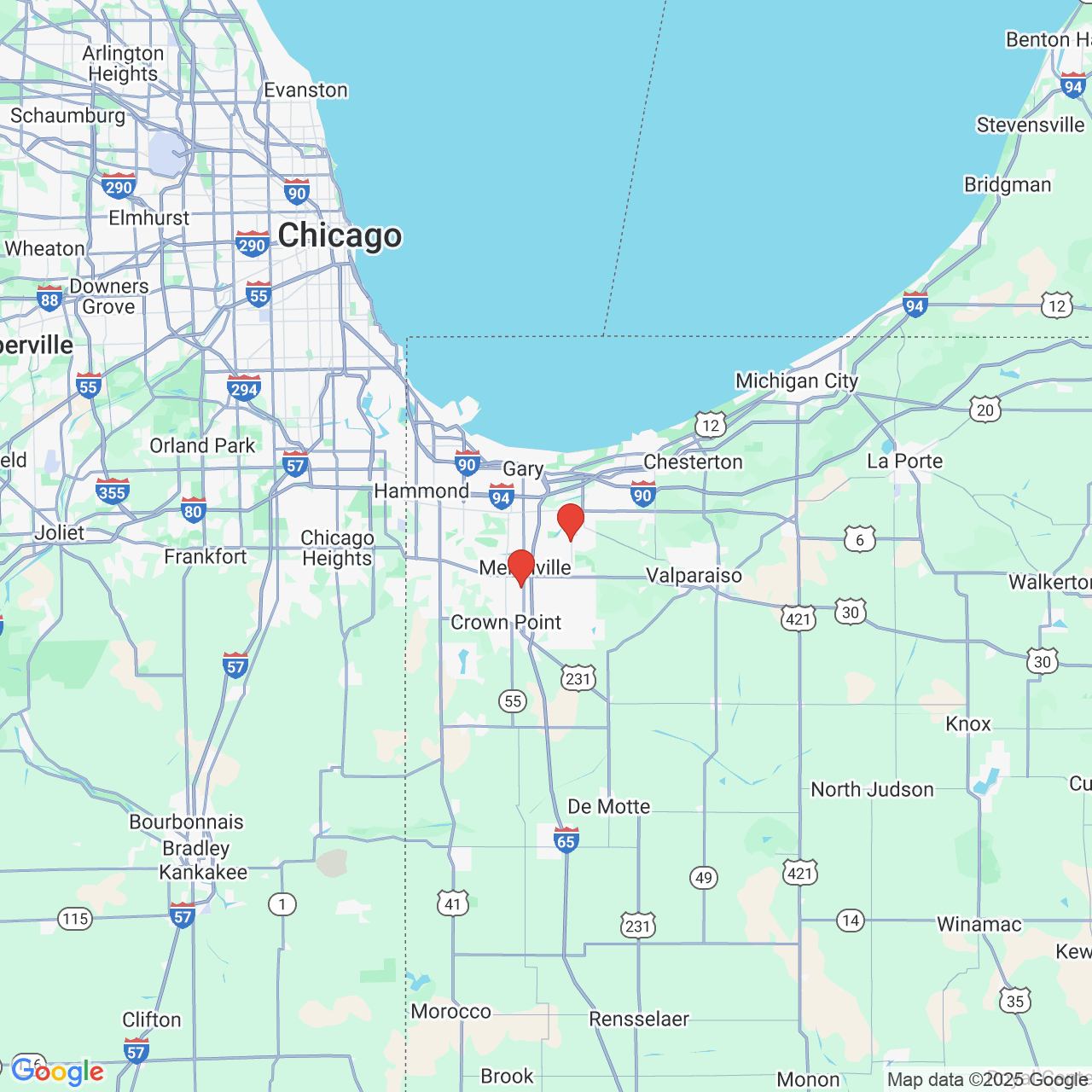Cataract Statistics: Numbers and Figures
 Statistics can help us put the world into perspective. This is especially important when it comes to eye care issues. Knowing the prevalence of vision problems and how common they are can help emphasize why prevention and regular exams are so essential. No matter what your age may be, sound preventative care is always ideal.
Statistics can help us put the world into perspective. This is especially important when it comes to eye care issues. Knowing the prevalence of vision problems and how common they are can help emphasize why prevention and regular exams are so essential. No matter what your age may be, sound preventative care is always ideal.
Since cataracts are a common cause of age-related vision loss, we at Deen-Gross Eye Centers would like to share some interesting facts about the clouding of the lens of the eye. The vision specialists at our Hobart and Merrillville, IN locations can discuss these issues with you in greater detail during an office visit.
Cataracts Worldwide
According to the World Health Organization (WHO), cataracts are the leading cause of blindness in the world. Roughly 51 percent of the world’s cases of blindness are the result of cataracts. That’s an estimated 20 million people.
Much of this is due to the fact that not all regions of the world have access to reliable eye care centers, which means cataract removal surgery cannot be performed.
Cataracts in the United States
According to the National Eye Institute (NEI), cataracts affect an estimated 24.4 million Americans age 40 or older. In addition, approximately half of all Americans age 75 and older have suffered from cataracts.
Keep in mind that not all cataracts need to be removed surgically. Yet the fact that half of all elderly Americans have developed cataracts says something about the prevalence of the condition and how common it is once people reach a certain age.
Cataracts and Age
On the note of cataracts and age, the NEI offers the following breakdown of the prevalence of cataracts for different age groups:
- Age 40-49 - 2.51 percent
- Age 50-54 - 5.22 percent
- Age 55-59 - 9.14 percent
- Age 60-64 - 15.45 percent
- Age 65-69 - 24.73 percent
- Age 70-74 - 36.49 percent
- Age 75-79 - 49.49 percent
- Age 80+ - 68.3 percent
As you notice, age plays a major factor in the development of cataracts.
Cataracts and Race/Ethnicity
The NEI also offers a breakdown of cataract prevalence based on race/ethnicity. While the breakdowns are imperfect, this does give a sense of the average number of people in each ethnic group who have cataracts:
- White - 18.8 percent
- Black - 13 percent
- Hispanic - 11.8 percent
- Other - 13.3 percent
- Overall Population Prevalence - 17.1 percent
Cataracts and Gender
While it may strike you as surprising, cataracts tend to be more likely among women than among men. The NEI numbers show that 19.67 percent of women experience cataracts, while 14.26 percent of all men experience cataracts.
Cataract Surgery Statistics
According to the American Academy of Ophthalmology (AAO), roughly 2 million cataract surgeries are performed every year. The majority of these surgeries are performed on patients age 60 and older.
Numbers on Cataract Surgery Benefits
Cataract surgery has a number of benefits simply based on the improvement of vision and how that impacts personal safety. According to the AAO, cataracts surgery can lower mortality risk by up to 40 percent, decrease the odds of hip fractures by up to 16 percent, and reduce the caches of auto collisions by 13 percent.
Contact Deen-Gross Eye Centers
To learn more about cataracts and cataract removal, be sure to contact our team of eye surgeons. We at Deen-Gross Eye Centers are here to help. Our Hobart office can be reached by phone at (219) 947-4410, and our Merrillville office can be reached at (219) 769-8989.


